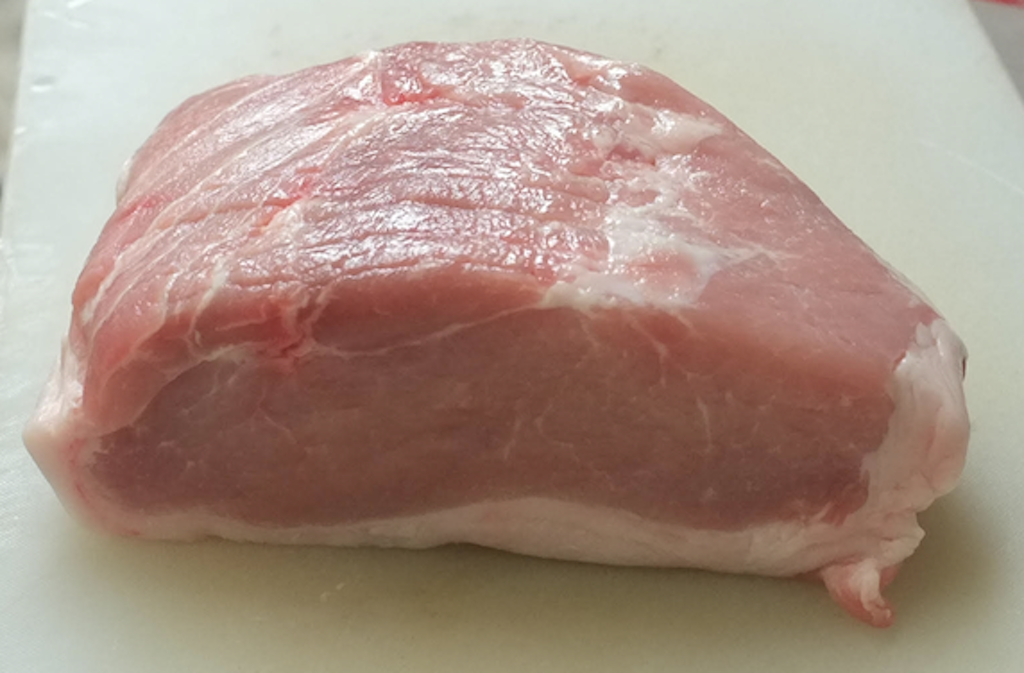
What is replacing meat?
Awaji Island is well known for producing delicious beef and tasty milk. At a supermarket in Kansai area, prices of these Awaji products are more expensive than others. People expect that the industrial values of these products will increase in the future. However, when you take a look at the production of meat and milk outside of the island, you may realize that substitute beef is becoming popular happening rapidly. At supermarkets substitute ground beef is sold. Here, let’s see what the substitute meat is and why the more people want to buy it around the world.
The substitute meat is the one which replaces beef, pork and chicken meat of the traditional livestock industry. By eating the substitute beef we can intake proteins from other sources than cattle, mainly from three different sources. The first source is plants like soybeans. In Japan soybeans are familiar as a protein source since we eat tofu traditionally. The second source is animal muscle cells cultured in an artificial incubator in a factory. The third source is microbial cells cultured in a fermentor, like photosynthetic bacteria, yeast, and filamentous fungi. (ref. M. Endo, Development of replacing meat and its future, Japanese National Library Research and Information (2020) report No. 1113 in Japanese). A large scale production of these substitute protein sources is advancing rapidly now. Good flavor and texture of the artificial meat are also important items for commercial success of this kind of meat. These are also making advancement now like addition of hem, a component material of blood protein, which increases good flavor. Based on such advancement, for example tasty hamburger made of soybean meat is already commercially available at hamburger shops everywhere in Japan. In the USA, two big companies, Beyond Meat and Impossible Meat, started in 2005 and 2011, respectively, are producing the substitute meat with plant-based materials. Big names like Bill Gates have invested in these companies.

Let’s take a look here why the substitute meat is now in a boom. Two main reasons could be raised. One is a vegan trend in the western world. They do not consume any kinds of animal meat and related materials like milk. They just consume plant-based food alone because they do not want to kill animals based on their respect of animal lives. This is also supported by their belief that plant-based proteins are enough to support human requirement of protein. 150 years ago, Japan switched to be more of a western style of society. Before this change, Buddhism was a main background of Japanese people. Because of this background, consuming animal meat was prohibited, and people were adapted to plant-based dietary habits. Therefore, the substitute meat might have been accepted by Japanese more easily than in other areas of the world.
The second reason to support the substitute meat is based on a world movement against the green-house effect on the earth. It is well-known that livestock breeding requires a lot of water and huge meadows to feed grass which leads to deforestation. Huge meadows cause pressure to decrease crop production, while human population on the earth is increasing. It is also pointed out that burping of cows produces a lot of methane gas, one cause of serious green-house effects. A lot of waste of cattle feeding causes environmental pollution. Regarding to these issues, an article wass published in the latest issue of Nature journal to propose an idea (F. Humpenoeder et al. Projected environmental benefit of replacing beef with microbial protein. Nature (2022) 605, p90-98). The authors propose that a microbial protein could be a substitute beef. According to their analysis, 20% replacement of beef by microbial protein can reduce expansion of meadows for feeding grass and decrease CO2 production up to 50 % from the current level by reducing deforestation.
T. Linder describes in his article about microbial protein in detail (Making the case for edible microorganisms as an integral part of a more sustainable and resilient food production system. (2019) Food security, 11, p265-278). As indicated above, as the source of microbial protein, yeast, photosynthetic bacteria and filamentous fungi are used. These microbial cells are cultured in a tank of a factory. The microbial cells contain about 30- 60 percent of cell weight as protein and special unsaturated fatty acids and vitamins as well. Content of essential amino acids are an important index for us as a good protein source. While plant proteins contain relatively less essential amino acids and are not well digested, the microbial proteins are relevant to that in animal meat and show a good index score in terms of its digestion. A substitute beef meat derived from filamentous fungi is commercially available which contains enough essential amino acids and is easily digested. (Examples of substitute meat commercially available in USA (Product name and microbial origin, Company name); Quom, filamntaus fungi, Marlow foods; Spirulina, Photosynthetic bacteria, few companies; Uniprotein, methanotrophic bacteria, Uni Bio) For the culture of these microbial cells carbon dioxide plus light for photosynthetic bacteria, and methane for methanotrophic bacteria are needed but not much carbon source. Therefore, crop production for our food is not affected so much, unlike livestock production. In the case of animal cell culture, expensive nutrient factors are needed, but for the microbial cell culture those are not required.

As shown in the picture, now fried ham from substitute meat derived from soy bean protein is commercially available. Its taste is good and not so much oil, like beef. The total human population on the earth is increasing now and will need more food in the future. Facing this issue, affordable and tasty substitute meat for everyday life may become available soon based on big scale production in factories.
